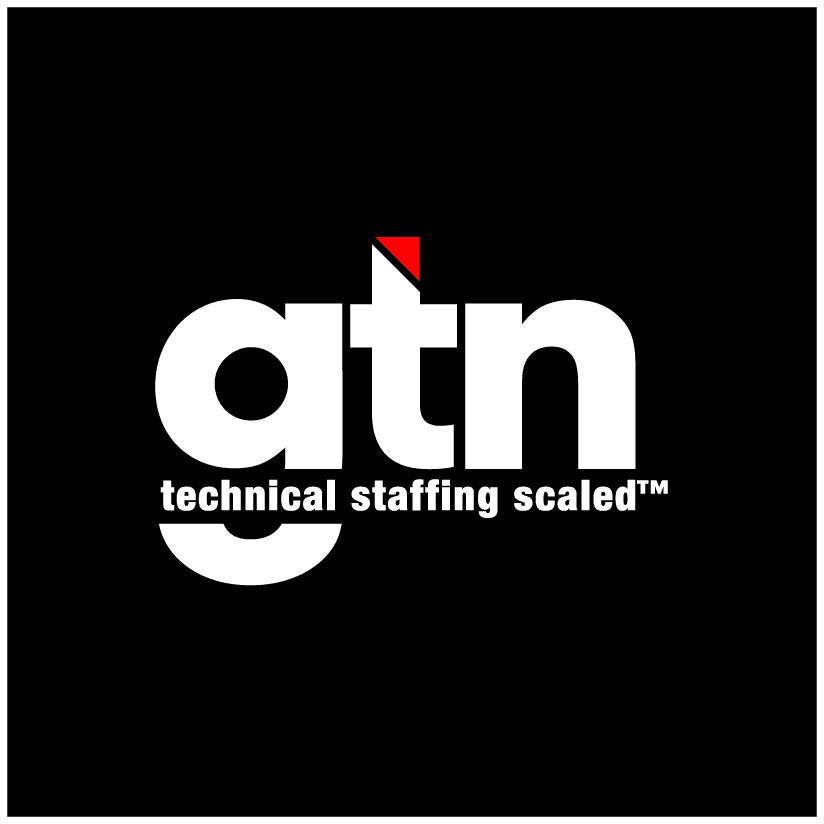Hiring top technical talent is critical for any business, but choosing the right employment model can make all the difference. Many companies are turning to Corp-to-Corp (C2C) staffing to secure highly skilled professionals while reducing administrative burdens. But is it the right choice for your hiring strategy?
C2C staffing offers flexibility, cost savings, and access to specialized talent but also comes with compliance considerations and legal complexities. This guide breaks down the pros, cons, and key factors to help you decide whether C2C staffing aligns with your company’s workforce needs.
What Is C2C Staffing?
In a C2C arrangement, businesses contract with another corporation—typically an LLC or S-Corp—rather than hiring an individual directly. The arrangement means:
- The consultant is not a W-2 employee or an independent 1099 contractor but operates as a business entity.
- The hiring company avoids payroll tax and benefits responsibilities since the consultant’s corporation handles them.
- C2C is commonly used for IT consultants, software developers, project-based work, and government contracts requiring vendor agreements.
C2C staffing is popular for technical professionals who operate as independent consultants and prefer to work through their own business entities.
Benefits of C2C Staffing for Businesses
Many companies choose C2C staffing for its efficiency and risk mitigation. Here’s why:
- Lower administrative burden: Because the consultant is employed by their own company, businesses avoid handling payroll taxes, benefits, and employment compliance.
- Reduced misclassification risk: With labor laws tightening around independent contractors, C2C can provide a more legally secure alternative to 1099 engagements.
- Access to specialized skills: C2C staffing allows companies to bring in highly skilled professionals for project-based work without long-term commitments.
- Scalability and flexibility: Businesses can ramp up or down quickly based on project needs without the complexities of direct hiring.
According to the U.S. Bureau of Labor Statistics (BLS), as of May 2017, contingent workers—those who do not expect their jobs to last or report that their jobs are temporary—comprised approximately 3.8% of total employment. In the same period, independent contractors, a category that can overlap with C2C workers, represented 6.9% of total employment, equating to about 10.6 million workers. While specific and current statistics on the number of companies engaging C2C workers are scarce, the broader trend toward contingent labor is evident. A report from Intuit noted that 80% of U.S. corporations with contingent workers expect these workers to exceed 40% of their total workforce. This data indicates a growing reliance on various contingent staffing models, potentially including C2C arrangements.
Challenges and Compliance Considerations
While C2C staffing has advantages, it also comes with legal and operational considerations that businesses must address:
- State and federal compliance: Employment laws vary, and misclassification risks still exist if contract terms are not properly structured.
- Limited control over workforce management: Since C2C consultants are technically outside hires, businesses have less oversight over their work hours and company culture integration.
- Rate negotiations and contract specifics: Unlike traditional staffing models, C2C contracts often involve higher rates, as consultants cover their taxes and benefits.
With that said, a report titled “Building the On-Demand Workforce” by Harvard Business School and Boston Consulting Group highlights that over 40% of business leaders reported benefits such as accelerated speed to market, improved productivity, and increased innovation when utilizing on-demand talent platforms. Like in all business arrangements, companies must decide whether the perceived risk is worth the documented reward.
How C2C Staffing Compares to Other Models
Before deciding on a C2C approach, consider how it stacks up against other hiring models. For example:
- C2C vs. W-2 Employment: W-2 employees integrate fully into the company for long-term stability, whereas C2C workers offer flexibility but with less organizational control.
- C2C vs. 1099 Independent Contractors: 1099 workers are self-employed but don’t operate as corporations, making them more prone to misclassification risks under evolving labor laws.
- C2C vs. Staff Augmentation: In staff augmentation, a staffing firm provides W-2 employees on a contract basis, handling payroll and compliance—offering a middle ground between full-time employment and C2C.
When Is C2C Staffing the Best Option?
C2C staffing isn’t the right fit for every business, but it excels in certain scenarios:
- Project-based work with specialized skills: If you need highly technical talent for a specific duration, a C2C arrangement allows you to bring in expertise without long-term commitment.
- Government and vendor-based contracts: Many government agencies and large enterprises prefer working with incorporated consultants for compliance reasons.
- Fast-scaling teams: If you need to scale quickly without the administrative burdens of hiring full-time employees, C2C staffing offers an agile solution.
- Minimizing co-employment risks: Businesses that want to avoid legal complications associated with 1099 misclassification can find C2C staffing a safer alternative.
However, for long-term roles requiring direct oversight, collaboration, and integration into company culture, W-2 employment may be a better fit.
Best Practices for Businesses Using C2C Staffing
To ensure a smooth and compliant C2C staffing experience, businesses should follow these best practices:
- Thorough contract agreements: Clearly outline project scope, deliverables, and payment terms to avoid disputes.
- Vendor verification: Ensure the consultant’s business entity is legitimate and meets tax and compliance requirements.
- Defined project milestones: Set clear performance metrics and deadlines to maintain accountability and quality of work.
- Legal review: Work with HR or legal teams to ensure C2C contracts align with federal and state labor laws.
Taking these steps minimizes risks and maximizes the benefits of C2C staffing.
Finding the Right Talent Model with GTN Technical Staffing
Choosing the right staffing model is crucial for business success, and GTN Technical Staffing specializes in helping companies find top-tier technical professionals. Whether you need C2C consultants, W-2 employees, or a hybrid approach, we provide customized staffing solutions that align with your goals.
Our expertise in talent acquisition ensures that your business gains access to the best candidates while remaining compliant with employment laws. We partner with top-tier technical professionals who bring the specialized skills needed to drive business growth. Whether you’re hiring for short-term projects or long-term initiatives, we help streamline the hiring process so you can focus on your core business objectives.
Looking for the right talent to drive your next project? Contact GTN Technical Staffing today.





